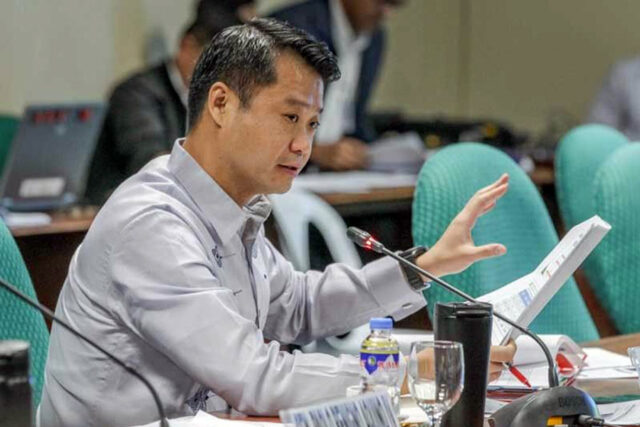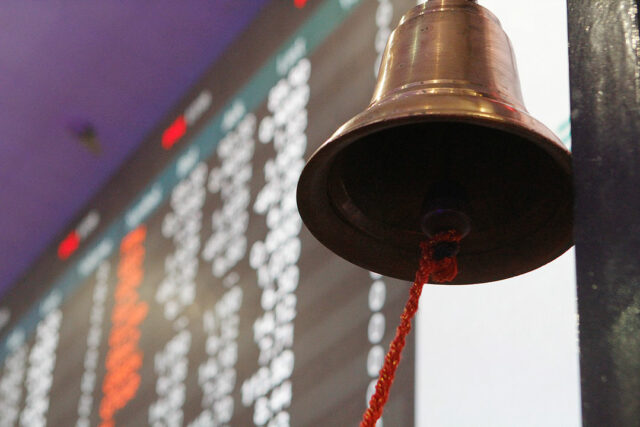PHL affirms stance vs child labor
THE PHILIPPINE government through its Labor department affirmed on Tuesday the country’s unwavering efforts to combat child labor before an international public information-sharing event at a hotel in Manila.
Department of Labor and Employment (DoLE) Undersecretary Benjo Santos M. Benavidez, in his opening remarks, said Philippine initiatives are focused on three areas: “prohibiting child labor practices and promoting good governance for the elimination of child labor; second, prevention of child labor practices; and third, protection of children.”
In an interview with reporters on the sidelines of the event, he said that the DoLE also focuses on helping parents of child laborers find jobs through education and financial assistance through a “whole of government approach.”
“We profile, we search — ‘Where are the child laborers?’ ‘What are we assisting?’ What are their needs?’” he added.
After assessing their needs, DoLE intervenes by evaluating if they need to go back to school or medical services, as well as investigation or prosecution if necessary.
DoLE gives parents of child laborers the opportunity to work or train to prevent them from forcing their children to work. “If they don’t have a preference to work or train, we give them the opportunity to start a business. So, the Integrated Livelihood Program is what we give them; it is quite helpful.”
Citing a 2022 report from the Philippine Statistics Authority (PSA), Mr. Benavidez said Mindanao has the highest figure of child laborers in the country at over 838,000.
The children are mostly employed in agriculture because it is an area with a high incidence of poverty.
Meanwhile, Undersecretary Angelo M. Tapales, executive director for the Council for the Welfare of Children, said child labor reached 1.48 million in the country in 2022.
“Child laborers were found in the production of sugarcane, growing bananas, hog farming, and deep-sea fishing,” he said in his report.
The United States report in 2022, titled “Findings on the Worst Forms of Child Labor,” said that through laws, regulations, enforcement tactics, and social projects, the Philippines has had moderate success in combating the most severe kinds of child labor.
Mr. Tapales said several laws and efforts in the country help safeguard children.
Among others are the Anti-Online Sexual Abuse or Exploitation of Children and Anti-Child Sexual Abuse or Exploitation Materials Act (RA No. 11930) and the Act Prohibiting the Employment of Children Below 15 Years of Age in Public and Private Undertakings (RA No. 7658).
The international information-sharing on Tuesday aimed to strengthen the Philippine and Vietnamese governments’ strategies in addressing the worst forms of child labor and child sexual abuse.
It included nine Asian countries, with Thailand, Vietnam, Myanmar, Cambodia, and Laos sharing their practices to combat child labor. — Chloe Mari A. Hufana












